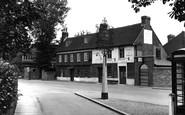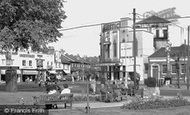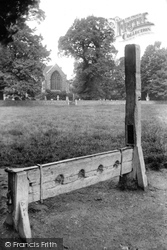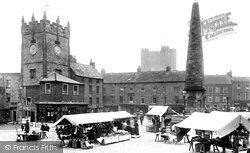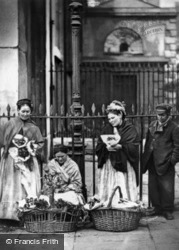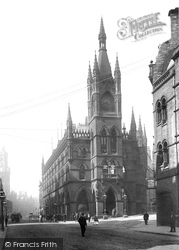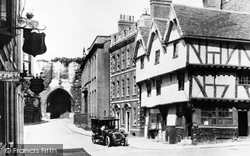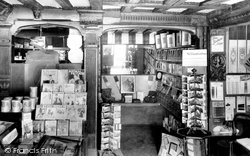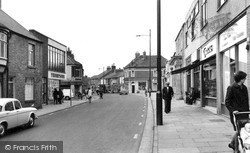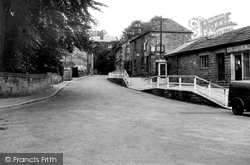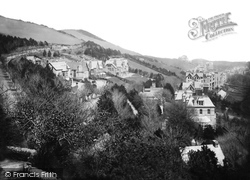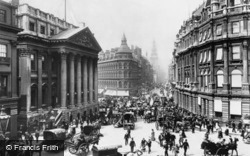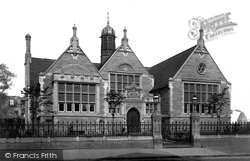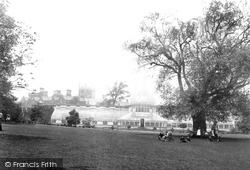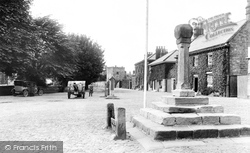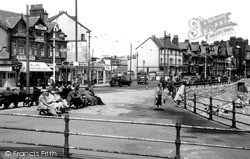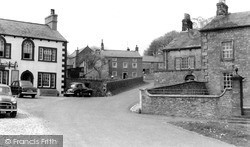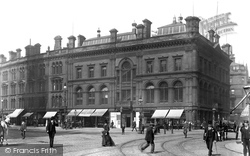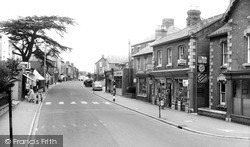Places
2 places found.
Those places high-lighted have photos. All locations may have maps, books and memories.
Photos
65 photos found. Showing results 101 to 65.
Maps
10 maps found.
Books
Sorry, no books were found that related to your search.
Memories
563 memories found. Showing results 51 to 60.
Triggered A Few More Memories
Waterloo in the 1940s to 1950s My early memories are of Waterloo where I used to live at Winchester Avenue until 1958. My father died there in 1989. On College Road there were air raid shelters which me and ...Read more
A memory of Waterloo by
The Day The Pub Got Blown Up
Does any one remember the local pub in Sturry, that got blown up in ww2, my dad saved a little boy, but through shock, the young lad later died. Does any one remember the ODELL family who lived in ROOKERY NOCK? Would ...Read more
A memory of Sturry in 1944 by
Brixham
Coming to Brixham from just outside of London as an 11 year-old was a real culture shock. New smells (fish!) new sounds (seagulls) and new faces (the inhabitants of the south west certainly have distinct facial features...to say nothing of ...Read more
A memory of Brixham in 1880 by
Slough, Bucks And Denham Middlesex
I was born in Slough in 1938. It was in Buckinghamshire then. I eventually lived in Denham, Buckinghamshire (see my posting for Memories of Denham in the Middlesex listing). Since I left England in 1959, the ...Read more
A memory of Slough in 1955 by
7 Training Battalion Reme
I remember doing my 6 weeks basic training at 7 Training Battalion REME Barton Stacey. It was rough, I was only 18 and never been away from home before, and the discipline came as a bit of a shock to us all. Some of ...Read more
A memory of Barton Stacey in 1953 by
Mobo Horses
We moved to Prestatyn in 1948. I loved the Mobo horses that the little ones could ride at the Bastion Road beach. My little school was Pendre, up the hill Fforddlas I think. Also going to St Chad's School annual fair and sale. Always ...Read more
A memory of Prestatyn in 1950 by
Memories Of A Nurse
I came to work in Sulgrave in the 1980s. I worked for Major George Coombs who lives at Stonecourt on the Hedom Road. My first thoughts of the village were that it was very quiet and that the people were all ...Read more
A memory of Sulgrave in 1981 by
Hackbridge
I lived in Orchard Avenue, number 4, when the whole road was mock Tudor exteriors. I had quite a shock to revisit a few years ago to see them all plastered over and looking very tired. In the l950s and early 1960s when I lived here ...Read more
A memory of Hackbridge in 1956 by
Court Crescent Junior School And Wellinger Way
I was born at my Grandmother's home at No: 50 Hand Avenue on the Braunstone Estate. When I was about 3 we moved from Grandma's to our own home at No: 9 Wellinger Way. I went to Queensmead ...Read more
A memory of Braunstone Town by
St Mark's School In The 1960s
I too have wonderful memories of going to St Mark's, the teachers I remember are Mr Freemantle, Mrs Carmichael, Miss Holmes, Miss Catherine and Mr Legg. The headmistress at the time was Miss Bowley, who everyone was ...Read more
A memory of Mitcham by
Captions
199 captions found. Showing results 121 to 144.
There is still a stocks and whipping post at Havering-atte-Bower, and there has been since at least the 17th century, when they were destroyed by a mob.
Trade is quiet; one hopes the large stall well-stocked with boots and shoes has done better business earlier.
Mayhew reports that they sold violets, wall-flowers, stocks, pinks and roses - anything, in fact, that could be forced and wsa sweet-smelling. 'Gentlemen are our best customers.
The foundation stone for this £40,000 building was laid by Lord Palmerston in 1864.
This view looks from in front of Exchequer Gate towards the Castle.
This interior of a 15th-century Tudor house is part of Tooth's stationery shop, located on the south side of the High Street.
Trade is quiet; one hopes the large stall well-stocked with boots and shoes has done better business earlier.
In 1921, locomotive and rolling stock manufacturing in the North East provided 6300 jobs; by 1951, the figure had risen to 11,000. Then in 1965 BR suddenly closed North Road Works, Darlington.
The recent history of the ancient village of East Keswick is inextricably linked with the fortunes of the nearby 'big house' of Harewood.
In 1860, intending to make Ilfracombe the `Brighton of the West`, a group of businessmen founded the Ilfracombe Joint Stock Land and Investment Company and commenced the building of villas
Mansion House, the lavish building on the left, has been the official residence of the Lord Mayor for two centuries. It was built by George Dance on the site of the old stocks market.
Just after the Second World War they advertised thus: 'Throughout the war years we did our best. In peace time your custom and confidence are even more highly valued.'
As well as this library, paid for by Sir William Gilstrap, there was also the Newark Stock Library, whose honorary librarian in 1854 was Richard Sketchley, who worked for 'Punch' magazine.
The park had only been in public hands a short time when these photographs were taken.
The village was extensively remodelled in the 1820s, though parts of the parish church date from the 14th century. This picture shows the cobbled square, complete with stocks and the village cross.
The village was extensively remodelled in the 1820s, though parts of the parish church date from the 14th century. This picture shows the cobbled square, complete with stocks and the village cross.
Although now very definitely an inland village, Portskewett was once on the coast, as its name suggests.
It is a nice sunny day; there are people about, and there is time for a leisurely chat, while some seem interested in the beach just out of shot.
Mansion House, the lavish building on the left, has been the official residence of the Lord Mayor for two centuries. It was built by George Dance on the site of the old stocks market.
The Roach was covered here in 1910. The Oldham Joint Stock Bank on the right had become the London City and Midland Bank.
Three cars outside the Farmers Arms Inn indicate an increase in visitors to this 18th-century stone village.
Built in 1870, this was one of the many West Yorkshire institutes to offer working craftsmen the opportunity to study new skills and learn more about the world.
Of the shops on the right, the Midland Bank is now, of course, HSBC.
This view from St Mary's tower has Monk Street in the foreground. Centre left is the Bethany Baptist Church, which opened in 1827 when 30 members left the Frogmore Street Church.
Places (2)
Photos (65)
Memories (563)
Books (0)
Maps (10)


